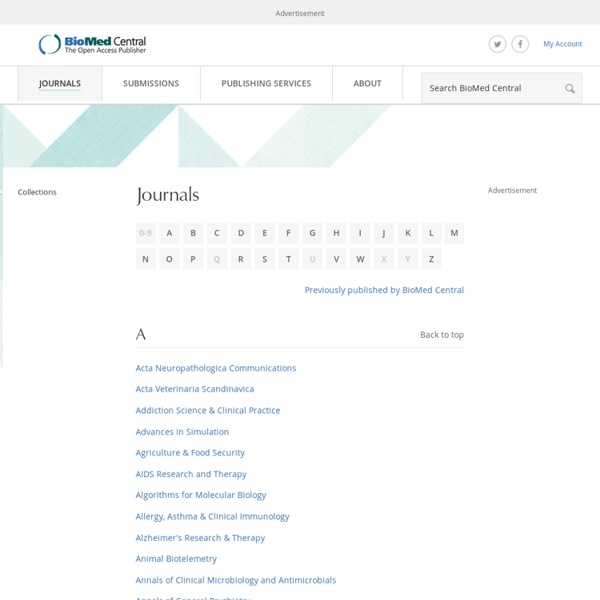



Petrichor Petrichor (/ˈpɛtrɨkɔər/) is the earthy scent produced when rain falls on dry soil. The word is constructed from Greek, petra, meaning ‘stone’ + ichor, the fluid that flows in the veins of the gods in Greek mythology. In 2015, MIT scientists used high-speed cameras to record how the scent moves into the air.[5] The tests involved approximately 600 experiments on 28 different surfaces, including engineered materials and soil samples.[6] When a raindrop hits a porous surface, small bubbles form that float to the surface and release aerosols.[5] Such aerosols carry the scent as well as bacteria and viruses from the soil.[5] Raindrops that move at a slower rate tend to produce more aerosols; this serves as an explanation for why the petrichor is more common after light rains.[5] Some scientists believe that humans appreciate the rain scent because ancestors may have relied on rainy weather for survival.[7] References[edit] Jump up ^ Bear, I.J.; R.G. External links[edit]
Virtual Medicine Online Open Access Journals ERIC - Education Resources Information Center Free video lectures,Free Animations, Free Lecture Notes, Free Online Tests, Free Lecture Presentations Journal of Medical Internet Research OpenDOAR - Home Page - Directory of Open Access Repositories Dream Anatomy: Gallery: Gautier D’Agoty and G.J. Duverney: Anatomie des parties Click on the artwork above for a higher resolution images. (loading time is long for slow connections) Anatomie des parties de la génération de l’homme et de la femme Paris, 1773. Colored mezzotint. National Library of Medicine. Jacques Fabien Gautier D’Agoty(1717-1785)[author/artist/printer] Gautier D’Agoty’s large plates can be pasted together to form life-size figures. < Previous Image | Next Image >Complete Gallery of Images
BIOMED Central Google Scholar Science Toys Science Daily Radical Reference | Answers for those who question authority